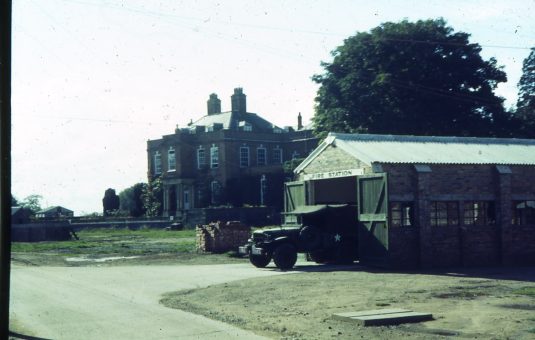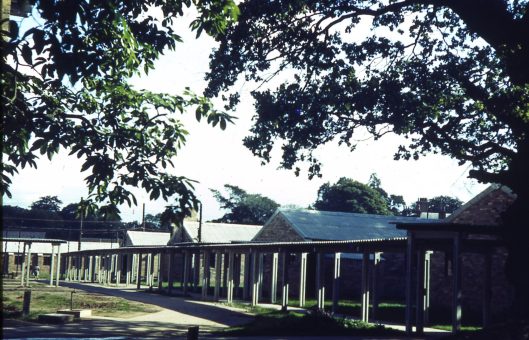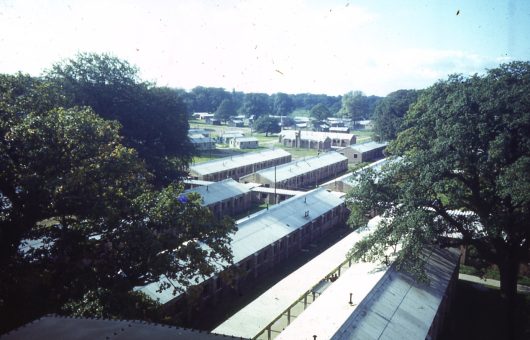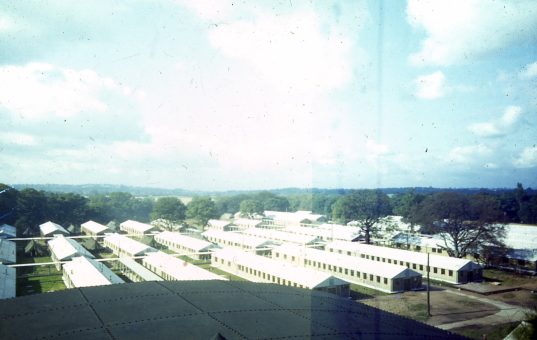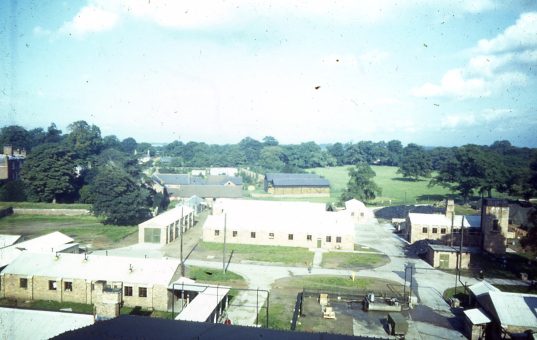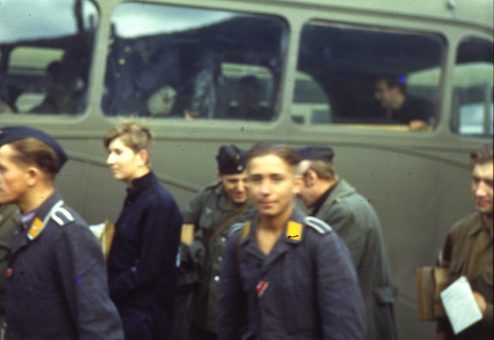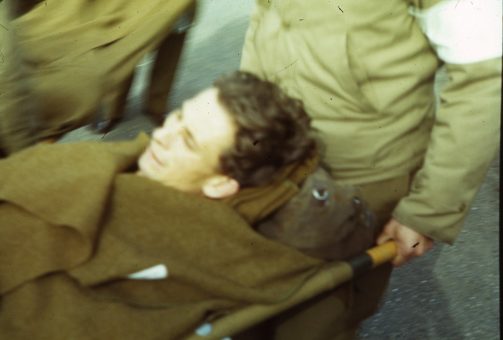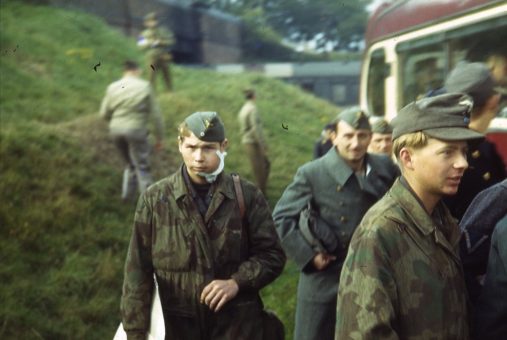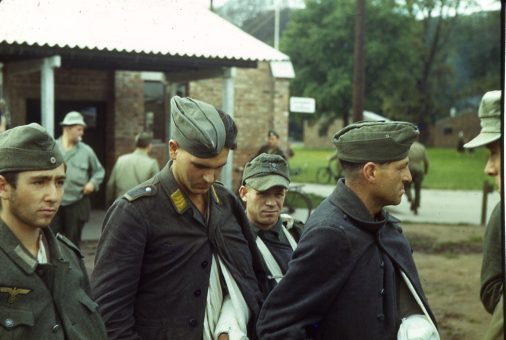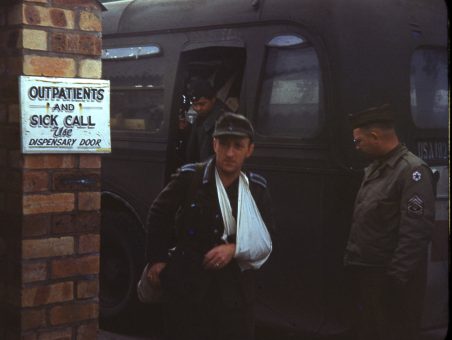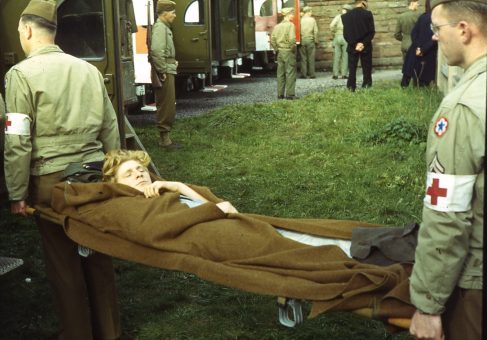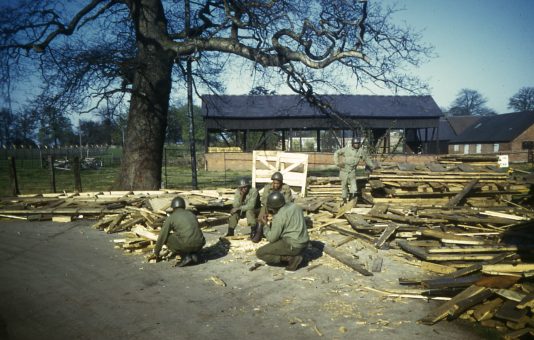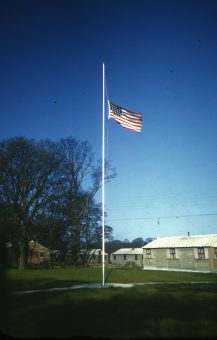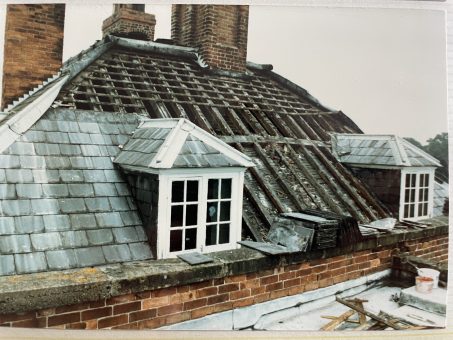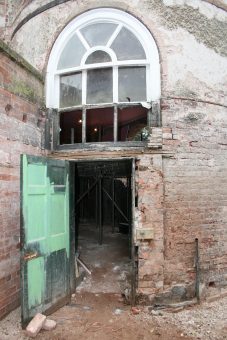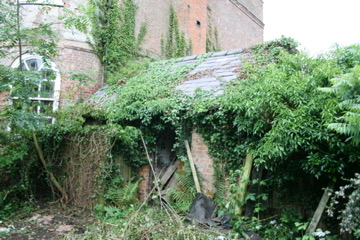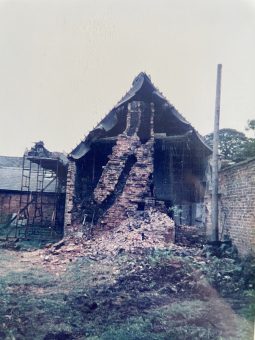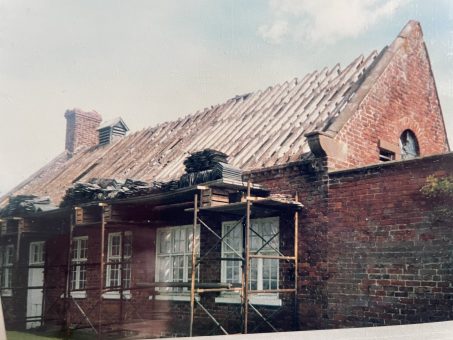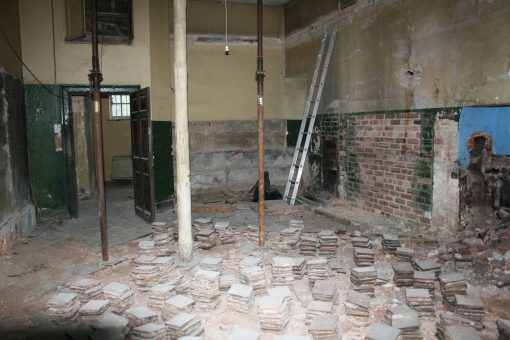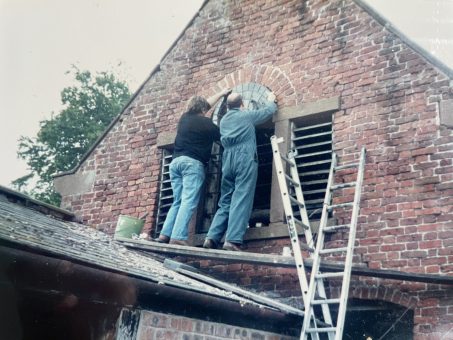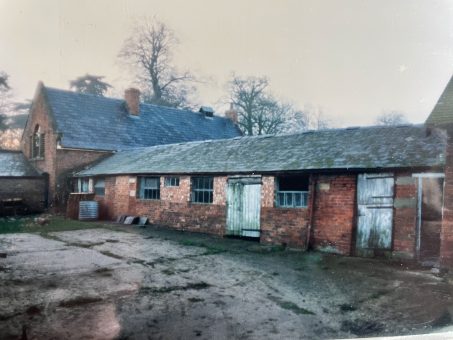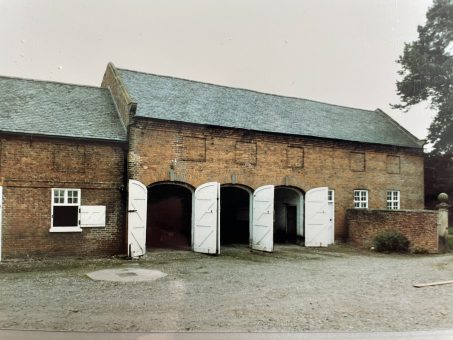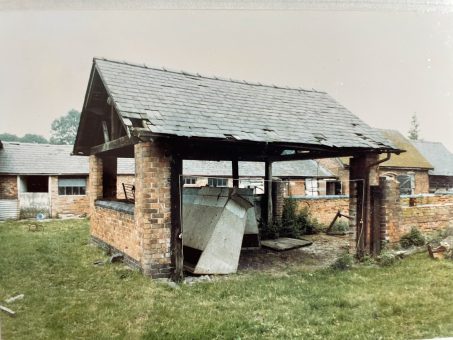History of Iscoyd Park
The existing house dates mainly from 1738, other parts date back to the mid seventeenth century, replacing a much earlier house, the remains of which were finally demolished in 1780.
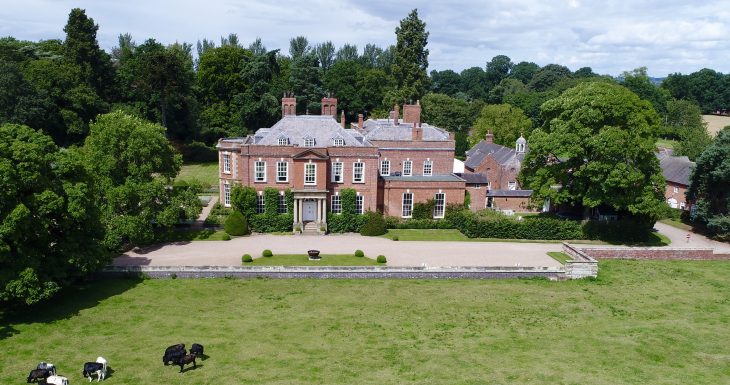
Early owners
Iscoyd was owned in the mid-17th Century by the Adams family, founders of the Adams’ Haberdashers School in Newport, Shropshire, and was inherited by the Deaves family through a niece who married Thomas Deaves, a mercer in Whitchurch.
William Hanmer bought Iscoyd from Deaves, in 1738 for £1,500. What existed then was a relatively modest two-story double gable red brick house, orientated East/West. Hanmer built what is now the South facing front elevation, the library wing on the North side, at the same time adding a third story.
Reverend Richard Congreve bought Iscoyd in 1780 from William Hanmer’s son-in-law, Assheton Curzon (later 1st Viscount Curzon) for £8,400.
It remained in the Congreve family until 1843 when Iscoyd with 202 acres was bought for £12,500 by Philip Lake Godsal, (1784-1858) whose father, Philip Godsal (1747-1826) had been the leading coach maker of his time, and married to Hon Grace Ann Best, daughter of the first Lord Wynford.
It was Philip Lake Godsal’s father, the coachmaker, who collected the principal chattels that make up the Iscoyd collection, the paintings, armorial china, furniture, books in the library. He commissioned many paintings, including The Godsal Children by John Hoppner, which was sold in 1900 and now hangs in the Huntington Gallery in Passadena, California, although a good copy remains at Iscoyd. He bought the Iscoyd Tompion long case clock which is now in the National Museum of Wales at St Fagans.
Philip Lake Godsal 1784-1858
The Godsal Children by John Hoppner, which was sold in 1900 and now hangs in the Huntington Gallery in Passadena, California, although a good copy remains at Iscoyd.
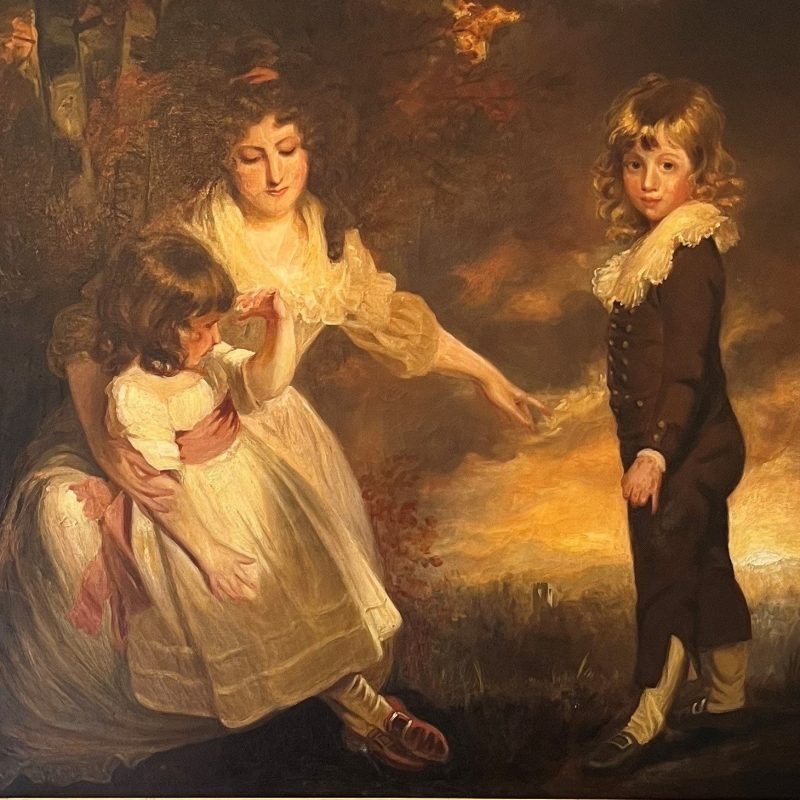
The expansion of Iscoyd Park
Philip Lake Godsal added the portico and the dining room and his son, Philip William Godsal (1820–1896), was responsible for the bow to the drawing room in 1876, and for the rather eccentric water tower at the back of the house, built in the last year of his life.
Philip William Godsal was an agriculturalist and rural philanthropist who believed his tenants should have the opportunity to farm their own smallholdings. It was PWG who principally built up the Estate by buying adjoining land from the Hanmer and Kenyon families, creating the farms and building the farmsteads and cottages, a process which was continued by his son.
Philip Thomas Godsal born in 1850 inherited next. He was a founding member of the English Eight Club in 1878. His inventions included the Godsal Rifle, which was nearly adopted by the British Army instead of the Lee-Enfield. Philip Thomas Godsal died in 1925 and the house was inherited by his eldest son Philip Godsal (1880–1963). Philip Godsal was at the time the Agent for the Hotham Estate in Yorkshire and did not move back to Iscoyd at that stage. He tried to let the house, which remained empty until 1936 when Sir John Reynolds took the lease.
World War II broke out in 1939, Sir John Reynolds and his family left, and the house was let to St Godric’s Secretarial College, which had been evacuated from London to avoid the Blitz, and where it stayed until the end of the War.
Hugh Montgomery-Massingberd wrote:
The beautiful parkland was obliterated by an Orwellian nightmare of Nissen huts, barbed wire and control towers.
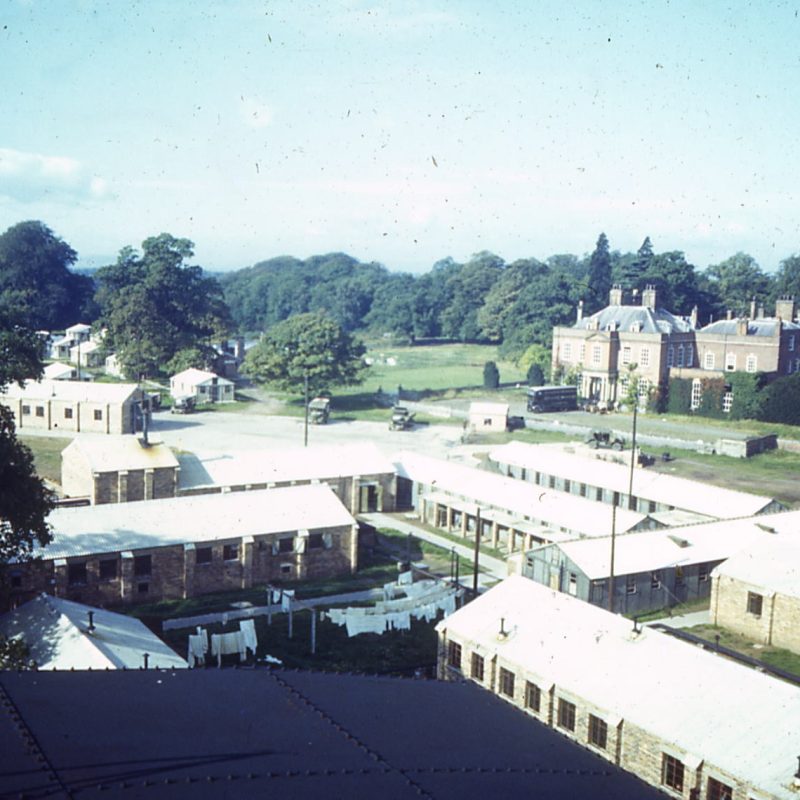
The World War II years
While the house was let to St Godric’s, the park at Iscoyd was requisitioned in 1942 for use as a 1,500-bed hospital for United States Forces, with a small prisoner-of-war compound in the Enclosure. Immediately after V E Day in 1945 the park was taken over as part of the Polish Resettlement Programme, remaining as a camp and hospital for Polish refugees until 1957.
Return to a family home
Lieutenant-Colonel Philip Godsal (son of Philip Thomas) returned to the house in 1946 but because of the continuing presence of the camp lived in a self-contained flat on the first floor in the library wing. He held the office of Justice of the Peace (J.P.) and had been awarded the Military Cross (M.C.) following his escape from German Prisoner of War Camp in World War One. It was not until 1957 that the park was returned to the family and the park restored.
In 1964, the Colonel’s son Major Philip Hugh Godsal (1920-1982) moved to Iscoyd and brought the front of the house back in to use. Following his death in 1982, Iscoyd was inherited by his eldest son, Philip Caulfeild Godsal (b 1945), who moved in in 1984. A land agent, like his father and grandfather, Philip Caulfeild gradually set about restoring the outbuildings, re-roofing the main part of the house and ridding it of death watch beetle.
In September 2009, Philip Langley (b 1971), the eldest son of Philip Caulfeild and his wife Susie moved to Iscoyd in September 2009 with their two young children and embarked upon a huge restoration project to create a wedding and events venue to secure its future.
Read about the Restoration of Iscoyd Park
Iscoyd Park is open for Invitation to View tours, weddings and events and offers discounts for members of Historic Houses.

